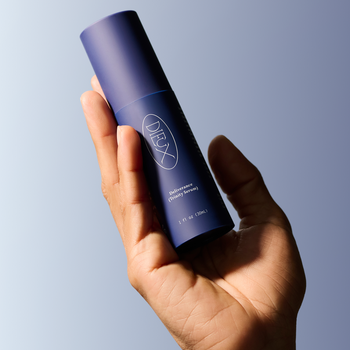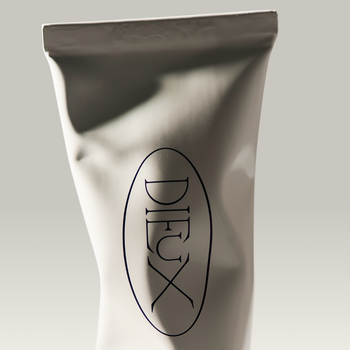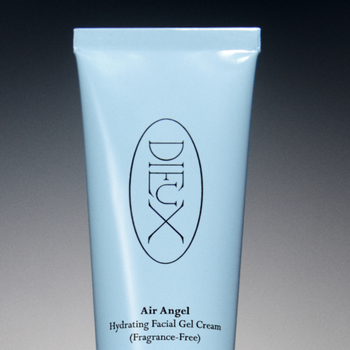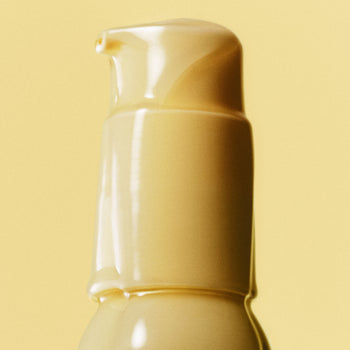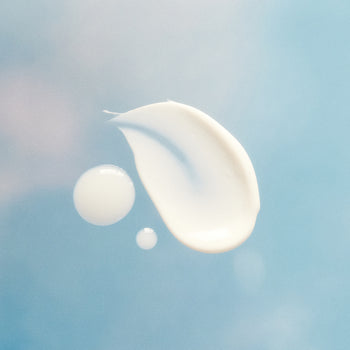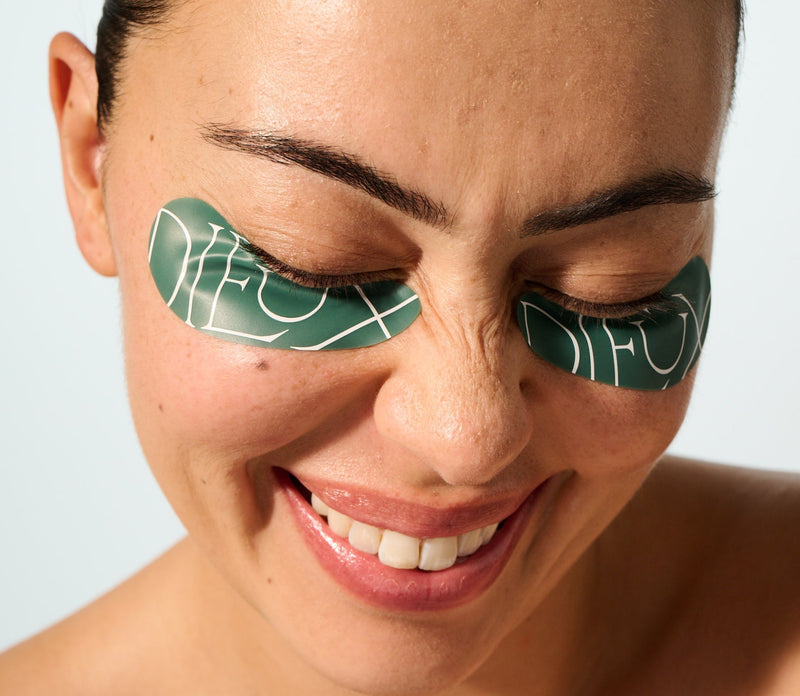
American Sunscreen Is In The Dark Ages: Why You Can’t Get The Best Sunscreen In The World.
Does American sunscreen get the job done? Yes. Anything at or above SPF 30 with broad spectrum protection is going to help protect you from the sun (when reapplied generously every 2 hours). But, if this were the Olympics, let’s just say America wouldn’t win a medal.
American sunscreens are critiqued (rightfully so) for a few reasons: the price, the texture, the elegance of a formula, how irritating it is to the eyes and, most importantly, the fact that international sunscreens have more advanced options when it comes to UVA (protection).
As a reminder, here’s a list of all the harmful rays the sun emits, and what sunscreens are capable of protecting our skin from:
-
UVB. Wavelength: 280-320. Short-wave ultraviolet light that causes sunburn, plays a major role in skin cancer, and contributes to photoaging.
- UVA II. Wavelength: 320-340. The shorter half of the UVA spectrum. Penetrates skin more deeply than UVB and contributes to DNA damage and aging.
- UVA I. Wavelength: 340–400. The longer part of UVA. Penetrates deeper into the dermis than UVA II plays a large role in photoaging and pigmentation.
- HEV. Wavelength: 400–500. High-Energy Visible light (also called 'blue light'). Comes from the sun and a very minimal amount comes from screens (not enough to cause damage). May contribute to pigmentation and oxidative stress.
Because American sunscreens don’t have the same options as the rest of the world regarding the use of protective actives, our formulas are less elegant and we’re left with sunscreen that can be a chore, not a delight, to apply. When it comes to skincare, if you hate using it, you’re less likely to use it—a bit of a fatal flaw when it comes to a drug that only works with reapplication (sunscreen is classified as a drug in the U.S.).
So, why is the U.S. lagging behind?
1. Regulatory Red Tape
In the U.S., sunscreens are regulated as over-the-counter (OTC) drugs by the FDA. This means that any new UV filter must undergo a rigorous and lengthy approval process. As a result, no new sunscreen filters have been approved in the U.S. since 1999.
Contrast this with Europe and Asia, where sunscreens are regulated as cosmetics, allowing for faster innovation and approval of new, more effective filters. There are exceptions; most notably Australia. Australia, the skin cancer capital of the world, has a bit more of an incentive to have best-in-class sunscreen, but the real reason Australia has all the latest cutting edge filters is the Therapeutic Goods Association (TGA), accepts more testing methods than the United States for safety. This allows for a less lengthy safety testing period. A reminder, in the US, it’s been since 1999 that a new sunscreen filter has been approved!
2. Superior UV Filters
Because there is less red tape and more efficiency, these countries are working on iPhones while the US isn’t even on a Blackberry. They are more technologically advanced. International sunscreens often contain advanced UV filters like Tinosorb S, Tinosorb M, and Uvinul A Plus, which offer better UVA and UVB protection with improved photostability. These filters are not available in U.S. formulations due to the aforementioned regulatory hurdles. Our cofounder, Charlotte Palermino, did an awareness video on this topic with representative Alexandria Ocasio Cortez two years ago!
3. Elegant Formulations
Korean and European sunscreens are renowned for their lightweight, non-greasy textures that blend seamlessly into the skin without leaving a white cast. It’s well known in skincare product development and marketing that texture matters greatly, but for sunscreen? Critical for use. If you love using something, you’re more likely to reapply. If it feels like punishment, you may just risk the UV exposure.
4. Comprehensive UVA Protection
While in the U.S., the FDA requires sunscreens to be labeled as "broad spectrum" to meet certain UVA protection standards, these are less stringent than those in the EU. A study found that only 55% of U.S. sunscreens met the EU's desired ratio of UVA protection factor to SPF. That means that U.S. tested sunscreens wouldn’t perform as well as those that had to pass EU standards for certain wavelengths.
Other regions, like Asia, often use the PA rating system, which provides more detailed information about UVA protection, helping consumers make better-informed choices.
5. Consumer Demand Drives Innovation
In the United States, because of the contested safety of our only widely available chemical sunscreen filters (a reminder, many of our suncreen filters like avobenzone, octisalate, homosolate and more are all approved in Europe, Asia and Australia), the trend for brands is to launch mineral sunscreen. Mineral sunscreens, to be wearable for everyone, need a tint. To reach adequate sun protection, the active ingredients need to be used at high percentages. This is a challenging thing to formulate. High levels of zinc and titanium dioxide (the two mineral filters) can lead to white cast, a pasty formula and a lack of cosmetic elegance. Because of all the misguided fear around chemical sunscreens, this is where most sunscreen development in the United States is headed. One of the larger proponents of this misinformation, the Environmental Working Group (EWG), noted that in 2007 only 17% of sunscreens they reviewed were mineral. Now it’s over 43%, which they claim is due to the growing trend of launching mineral sunscreens.
The trend of mineral sunscreens is global, but it’s important to note that internationally, due to the availability of more chemical filters, the growth appears less pronounced than in the United States.
The Bottom Line
International sunscreens are popular because they (can) offer superior protection, better textures, less irritation and added skincare benefits. The U.S. lags behind due to slow approvals of new sunscreen filters which then leads to less innovation in formulas. Savvy American consumers will continue to look abroad for sunscreens that meet their needs. It’s cultural, after all, to want the best when you’re American.
At Dieux, we know sunscreen is good, but American sunscreen can do better. If you're a like-minded brand ready to champion newer, more innovative filters, smarter formulas, and more transparent education, email us at sunscreener@dieuxskin.com. Let’s advocate for change together.
Continuing education:
-
https://www.liebertpub.com/doi/10.1097/DER.0000000000000963?url_ver=Z39.88-2003&rfr_id=ori%3Arid%3Acrossref.org&rfr_dat=cr_pub++0pubmed#tb4
-
https://pubmed.ncbi.nlm.nih.gov/28238452/
-
https://www.fda.gov/drugs/cder-conversations/update-sunscreen-requirements-deemed-final-order-and-proposed-order#:~:text=Active ingredients:,to support a safety finding.
-
https://acsjournals.onlinelibrary.wiley.com/doi/full/10.1002/cncr.29001#:~:text=organizations%2C and manufacturers.-,FDA Requires More Data,information before making a decision.
-
https://www.forbes.com/sites/anafaguy/2023/08/14/why-the-us-has-limited-access-to-sunscreens---and-why-some-including-aoc-are-pushing-to-change-that/
-
https://www.thecut.com/article/why-is-sunscreen-in-the-u-s-so-mid.html
-
https://cen.acs.org/business/consumer-products/Cloudy-outlook-sunscreen-ingredients-US/100/i42
